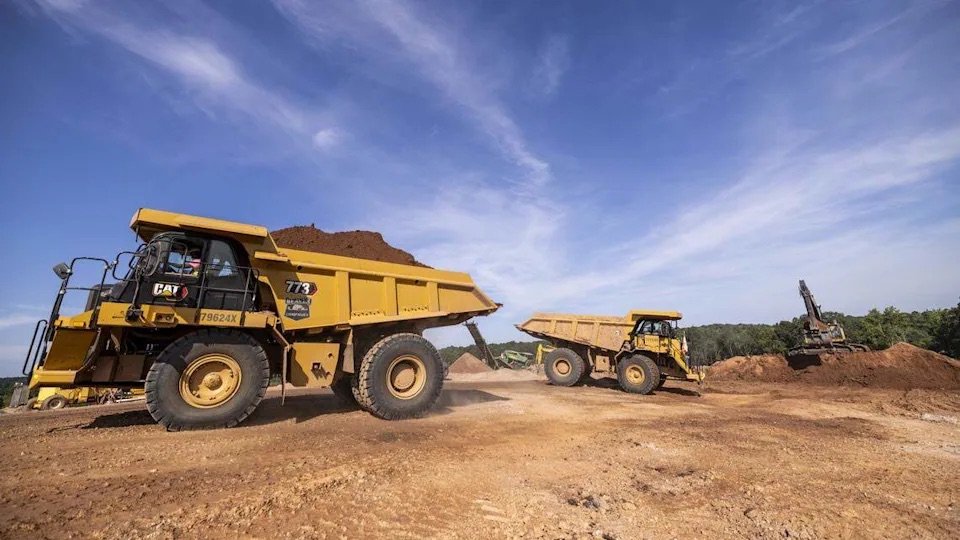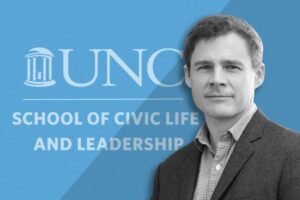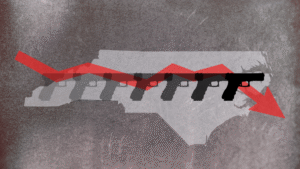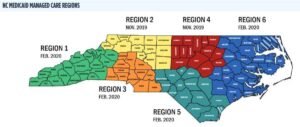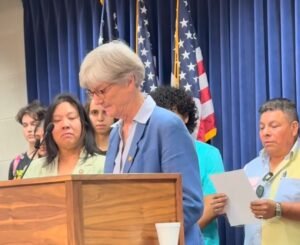To build an airport runway, you first need a foundation—a platform of earth and stone that is strong, stable, and flat. At Raleigh–Durham International Airport (RDU), where rolling Piedmont terrain gives way to ridges and valleys, that is no small task.
Crews began work this summer on what airport officials call one of the largest construction projects in the airport’s history: a $1.1 billion replacement runway, longer and stronger than the aging strip it will replace. When finished in 2029, the new runway will reshape both RDU’s airfield and the region’s economic potential.
Moving Mountains—Literally
RDU and its contractor, Balfour Beatty, are hauling and blasting their way toward creating a level platform for the new runway, which will sit just 537 feet northwest of the existing one. The numbers are staggering:
5.2 million cubic yards of dirt and rock must be moved—enough to fill half a million dump trucks. Trucks with six-foot tires lumber across the airfield, each carrying 50 tons at a time. Some areas will be raised by as much as 70 feet to match the elevation of the current runway.
Trent Johnson, who oversees the project for Balfour Beatty, calls the work “raising an entire platform over two miles long.” Much of the fill comes from adjacent land, including six newly built stormwater basins, which reduces the need to cut additional forested acreage elsewhere on airport property.
Each load of rock and soil is crushed, screened, spread, compacted, and tested to meet Federal Aviation Administration (FAA) standards. The goal is to prevent settling that could damage the surface decades into the future.
Why a New Runway Now?
RDU’s current main runway, 5L/23R, opened in 1986. In recent years, the airport has poured tens of millions into patchwork repairs—replacing hundreds of concrete slabs—just to keep it operational.
Michael Landguth, RDU’s president and CEO, said the new runway will extend 10,639 feet, roughly 639 feet longer than the current one. That extra length allows airlines to operate fully loaded long-haul flights, an increasingly important factor for cargo carriers and international service.
RDU originally considered an 11,500-foot runway to accommodate nonstop service to Asia, but the plan was scaled back during the pandemic to control costs and streamline federal approvals. The design leaves space for a future extension if demand warrants.
Costs, Gates, and Growth
Of the $1.1 billion project budget, about $200 million is dedicated just to dirt and grading. Once the runway is operational, the current runway will be converted into a parallel taxiway—essential to future terminal expansion.
Terminal 2, home to most of RDU’s commercial gates, currently holds 36 gates. Expansion plans, already underway with a baggage claim and ticketing hall enlargement, could eventually add wings to bring dozens more gates online. That growth is key to meeting the Triangle’s rapid population and business expansion.
Regional Stakes
RDU is not just an airport—it’s a hub for the Triangle’s economy, supporting $15.1 billion in annual economic impact and nearly 100,000 jobs across North Carolina (rdu.com). Its ability to handle larger planes and more passengers directly influences Durham’s ability to attract global companies, sustain tourism, and connect residents to the world.
At the same time, the airport’s plans raise questions: Will environmental impacts be fully mitigated? Will residents benefit equally from the growth, or will noise and congestion concerns dominate public debate? These are issues the Bull City Citizen will continue to track as the project unfolds.
Timeline to Takeoff
2025–2027: Site grading and foundation work. 2027–2029: Paving, lighting, and FAA certification. 2029: New runway expected to open. 2030–2031: Conversion of current runway into taxiway.
Why It Matters to Durham
For Durham residents, the runway is more than a strip of concrete. It represents both the challenges of growth and the promise of global connection. Reliable infrastructure at RDU underpins economic vitality in the Bull City, linking our neighborhoods to opportunities far beyond the Triangle.
At the Bull City Citizen, we believe covering infrastructure is covering people—because how we build determines how we live. Stay with us as we report not only on the dirt being moved at RDU, but also on the lives being moved by it.

